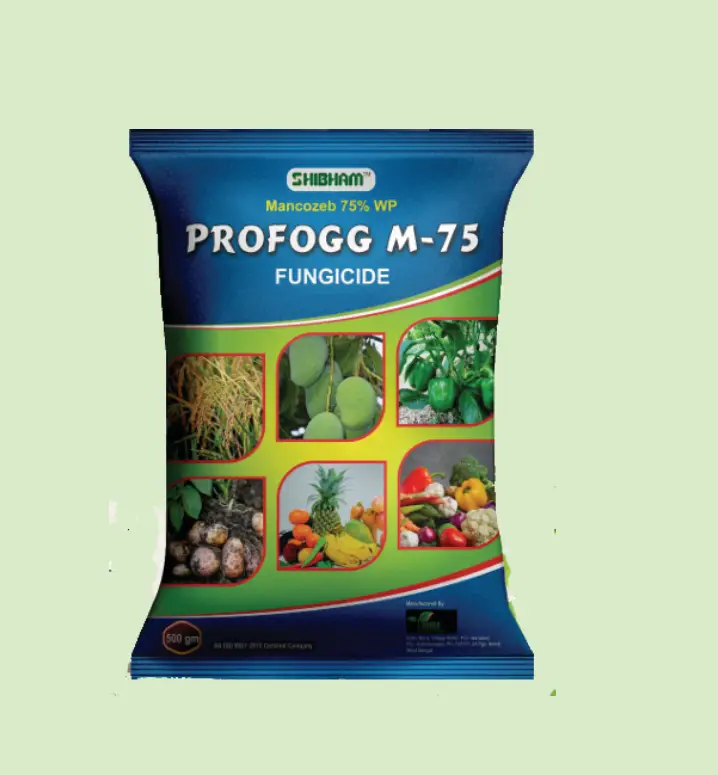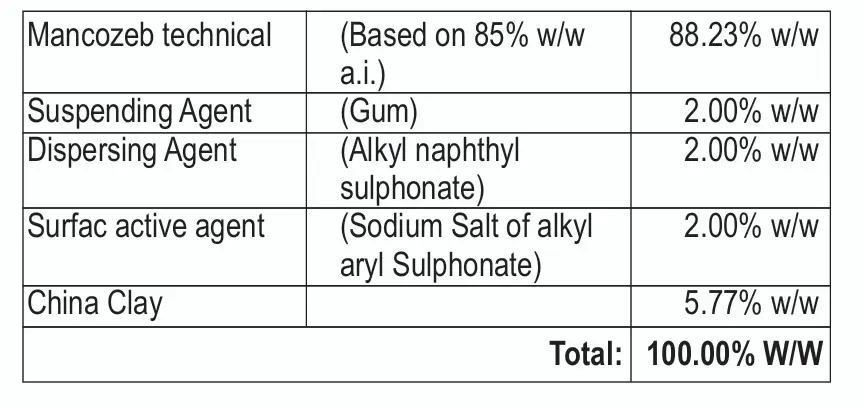Direction of Use
Please read the enclosed leaflet carefully before use.
Precautions
Caution: When handling the fungicide, workers and users must wear full protective clothing, including:
- Long-sleeved shirts
- Long pants
- Chemical-resistant gloves
- Shoes
- Goggles
- Hat and mask
Additional Precautions:
- Keep away from foodstuffs, empty food containers, and animal feed.
- Avoid contact with mouth, eyes, and skin.
- Avoid inhalation of the spray mist; spray in the direction of the wind.
- Wash contaminated clothes and body parts thoroughly after spraying.
- Do not smoke, drink, eat, or chew anything while spraying.
- Wear full protective clothing while mixing and spraying.
Antidote
No specific antidote is known. Treat symptomatically.
First Aid
- If swallowed, induce vomiting by tickling the back of the throat. Repeat until the vomitus is clear. Do not induce vomiting if the patient is unconscious.
- If clothing and skin are contaminated, remove the clothing and wash the contaminated skin with plenty of soap and water.
- If eyes are contaminated, flush with plenty of saline or clear water for about 10-15 minutes.
- If inhaled, remove the patient to fresh air.
Symptoms
Itching, tightness in the chest, palpitation, hypotension, nausea, vomiting, diarrhea, hypothermia, and ataxia may occur.
Recommendations
This fungicide is used to control the following:
- Brown and black rust, and blight of wheat
- Leaf blight and downy mildew of maize
- Blast of paddy
- Leaf spot of sorghum
- Tip rot, Sigatoka leaf spot, and cigar end rot of banana
- Fungal diseases of guava, potato, tomato, apple, grapes, chili, cauliflower, groundnut, and cumin crops


